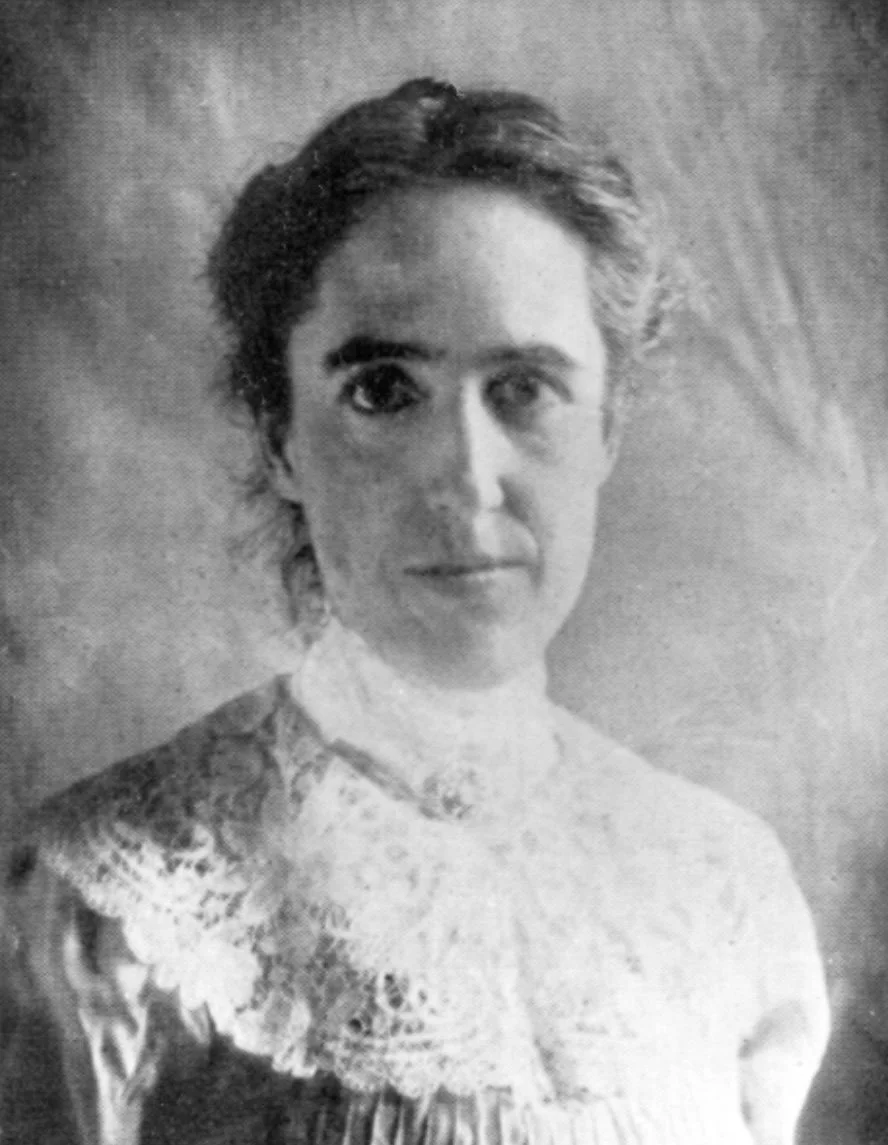Henrietta Swan Leavitt
Want someone to know you love them alot? Well then, tell them you love them to GN-z11 and back - that is a BIG deal! GN-Z11 is currently believed to be the farthest galaxy from us that we can detect, at a whopping 13.4 billion light-years, or 134,000,000,000,000,000,000,000,000,000,000 km away!
But that leads to two questions.
Anyone else think it needs a catchier name?
How can we measure the distance between us and other galaxies?
A lot of the work was done by our Featured Scister, and 4th of July birthday girl, Henrietta Swan Leavitt!
Like so many of us, Henrietta was interested in a lot of different subjects. The range of classes she attended while studying for her bachelors degree (which she received in 1892) included classical Greek, fine arts, philosophy, analytic geometry and calculus. It wasn’t until four years in that she took a class in the field that she would go on to revolutionise - astronomy.
Henrietta worked at the Harvard College Observatory as a ‘computer’. Not ON a computer, AS a computer. Computers as we know them haven’t been around forever - once-upon-a-time-long, complicated mathematical equations had to be done by people (really, really smart people. And these really smart people were often women). At the time women were not allowed to operate telescopes *eye roll emoji* so instead she had to study photos of stars to measure and catalogue their brightness. Her focus was “variable stars”, stars that vary in luminosity over time; like a really slow strobe light they would appear to become bigger and brighter, and then smaller and more dim. The time this takes (which is at least a day or two) is known as its period.
Around the year 1912 Henrietta discovered that some of the stars followed a pattern - the brighter the star, the longer the period. These stars are known as Cepheid variables and the pattern she observed allows people to determine the luminosity of a star based on how long it’s period was.
Let me explain the importance of this discovery by first explaining a game I used to play with my big sister and our cousins - Spotlight! Best game ever. It was basically a really cheap and low-tech version of laser tag that we would play in the dark. We would break into two teams and then one would run to the end of the street (sometimes further) and have to sneak back to the house. The team that was ‘it’ would need to capture each player of the other team in the beam of their torch before they made it back to the house. Now, imagine you are playing the game: you are hiding in the bushes and you see a bright light shining towards you… what do you do? You probably realise the person holding the torch is quite close so you try to stay perfectly still and angry whisper at your cousin to “STOP BREATHING SO LOUD!”. But what if that light is dim? Chances are it means the ‘it’ person holding it is far away so it’s time to sneak out of the bushes and try to quietly crouch-run like hell! However, this would only work if you knew how big the torch was to begin with. Otherwise, that dull light might actually be a keychain flashlight with a dying battery that is much closer than you realise. But if you know the torches are the same size and luminosity, then you can tell that the bright light is closer to you and the dimmer light is further away.
Henrietta did a similar sort of thing with Cepheid variables. If you see two stars with the same period then you can determine they are roughly the same size, so if one star appears more luminous it must be closer to Earth, and the less luminous star must be further away. Her discoveries allowed Cepheid variables to be used as ‘standard candles’, allowing astronomers to measure the distance between us and stars throughout the observable universe.
Henrietta’s hard work has enabled many other astronomers to make some spectacular discoveries of their own. Before her they could only measure the distance to stars around 100 light years away…now, using Leavitt’s Law, they can measure the distance to stars MILLIONS of light years away.
Harlow Shapley, an American astronomer, used Cepheied variables in 86 globular clusters to determine the size of our home galaxy, the Milky Way (which is about 100,000 light years across, or 950,000,000,000,000,000 km).
In 1924 Edwin Hubble used data from observed Cepheid variables to prove that there are galaxies outside of our own, and to develop a law that is interpreted to mean that our universe is expanding. You can read more about Edwin Hubble in our article ‘Get a photo of how the universe looked on your birthday (or any special day)’
Hopefully you will get to learn even more about Henrietta and Cepheid variables in your grade 10 science class, when you learn to “describe how the evolution of the universe, including the formation of galaxies and stars, has continued since the Big Bang.”
But for today you can light a birthday candle for her, and maybe go outside and look up at the moon to wish her a happy birthday (there is a crater up their named after her in honour of the contributions that she and other deaf scientists have made towards our understanding of the universe) and take a moment to see if you can find a Cepheid.
WHAT YOU KNOW NOW
Henrietta Swan Leavitt was an astronomer working in the early 20th century.
She discovered a relationship between the period of a Cepheid variable and it’s luminosity.
Her discovery made it possible to measure the distance between Earth and stars.
Her research was utilised by other scientists to make discoveries such as the diameter of our galaxy and the existence of other galaxies outside of the Milky Way.
References

